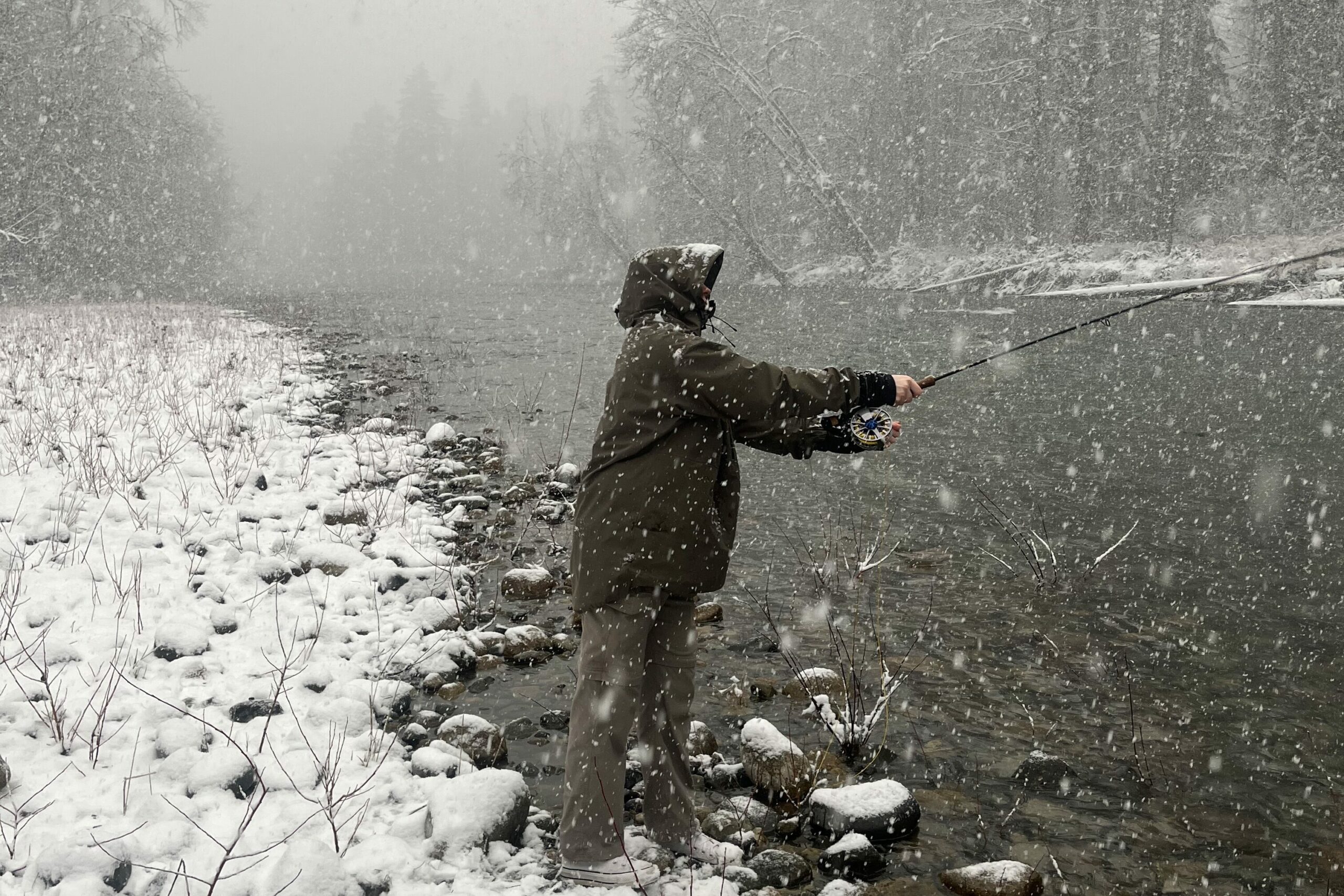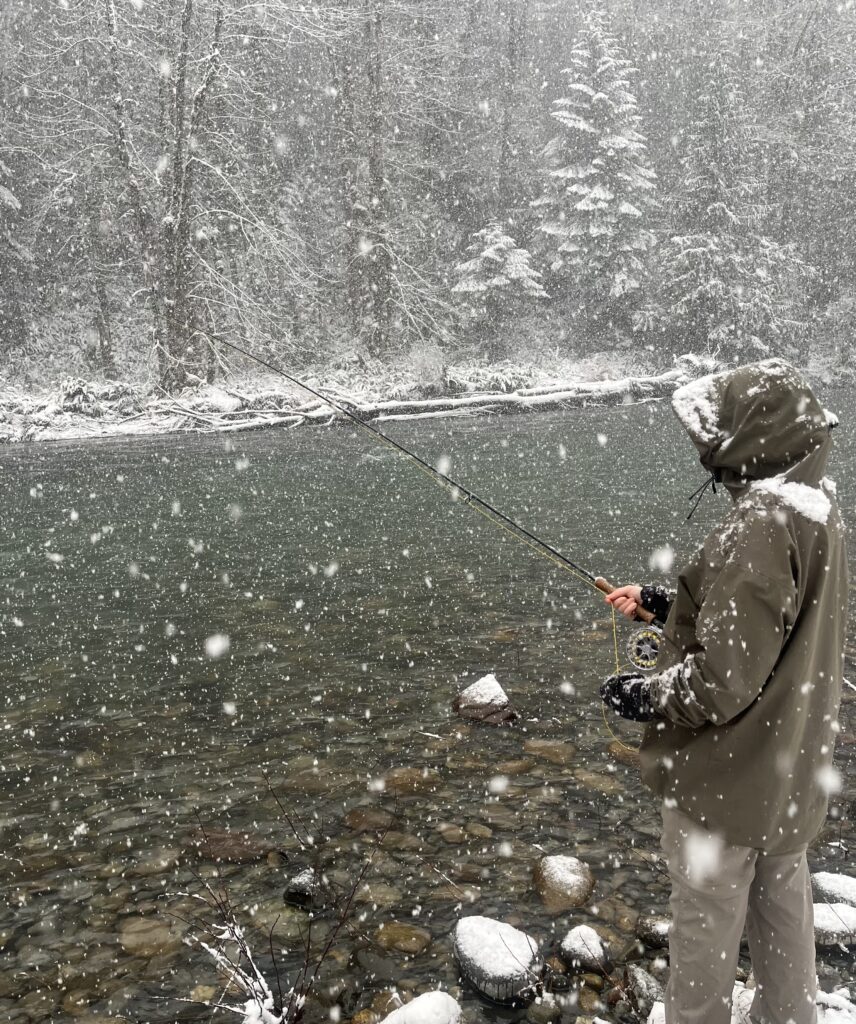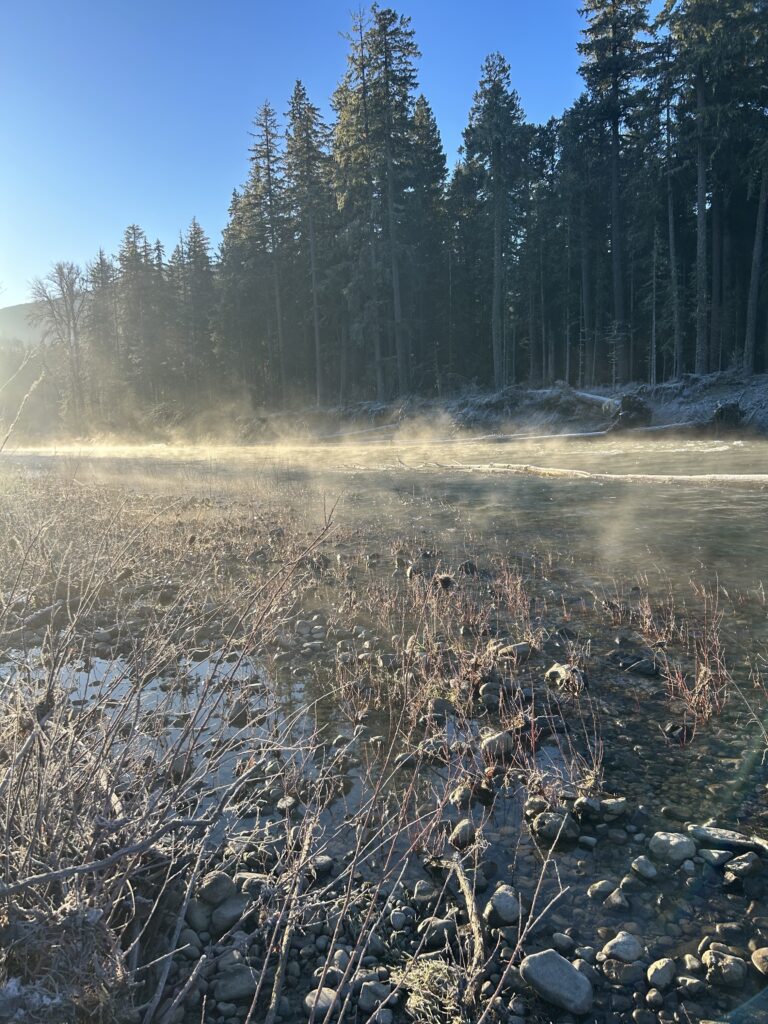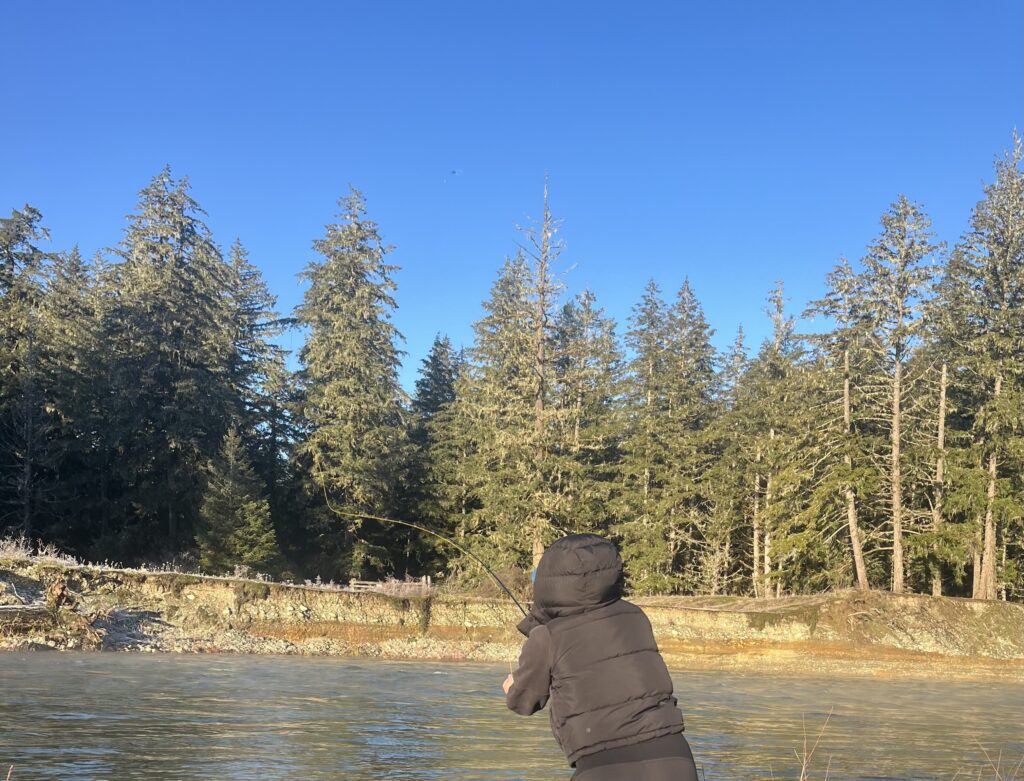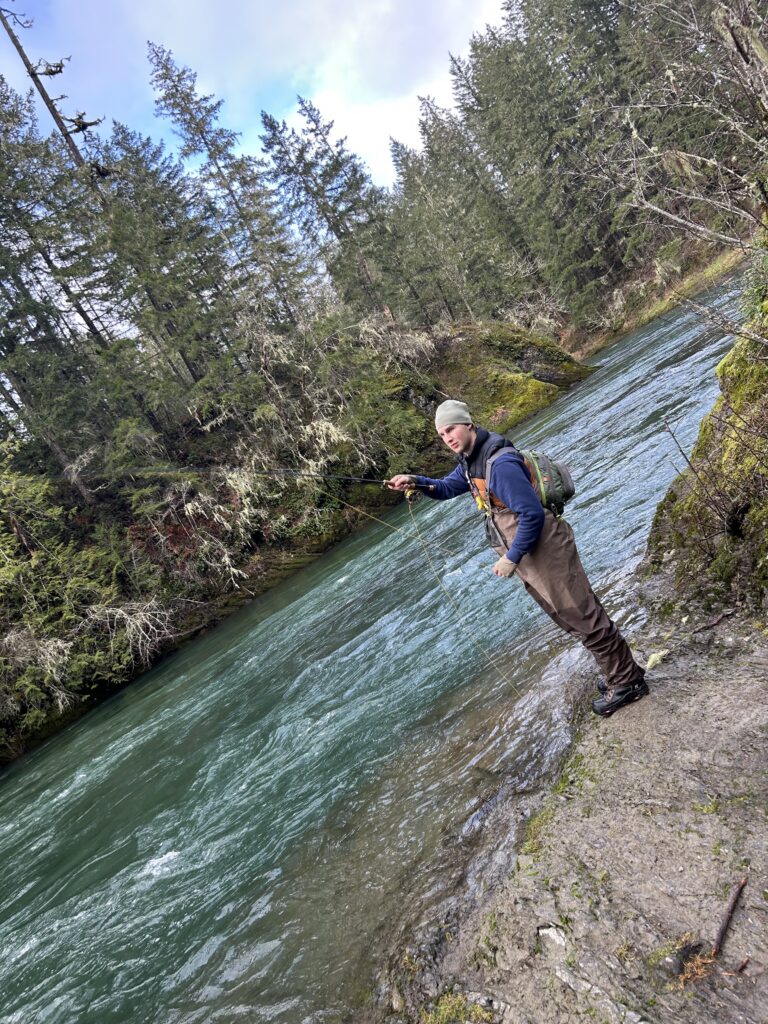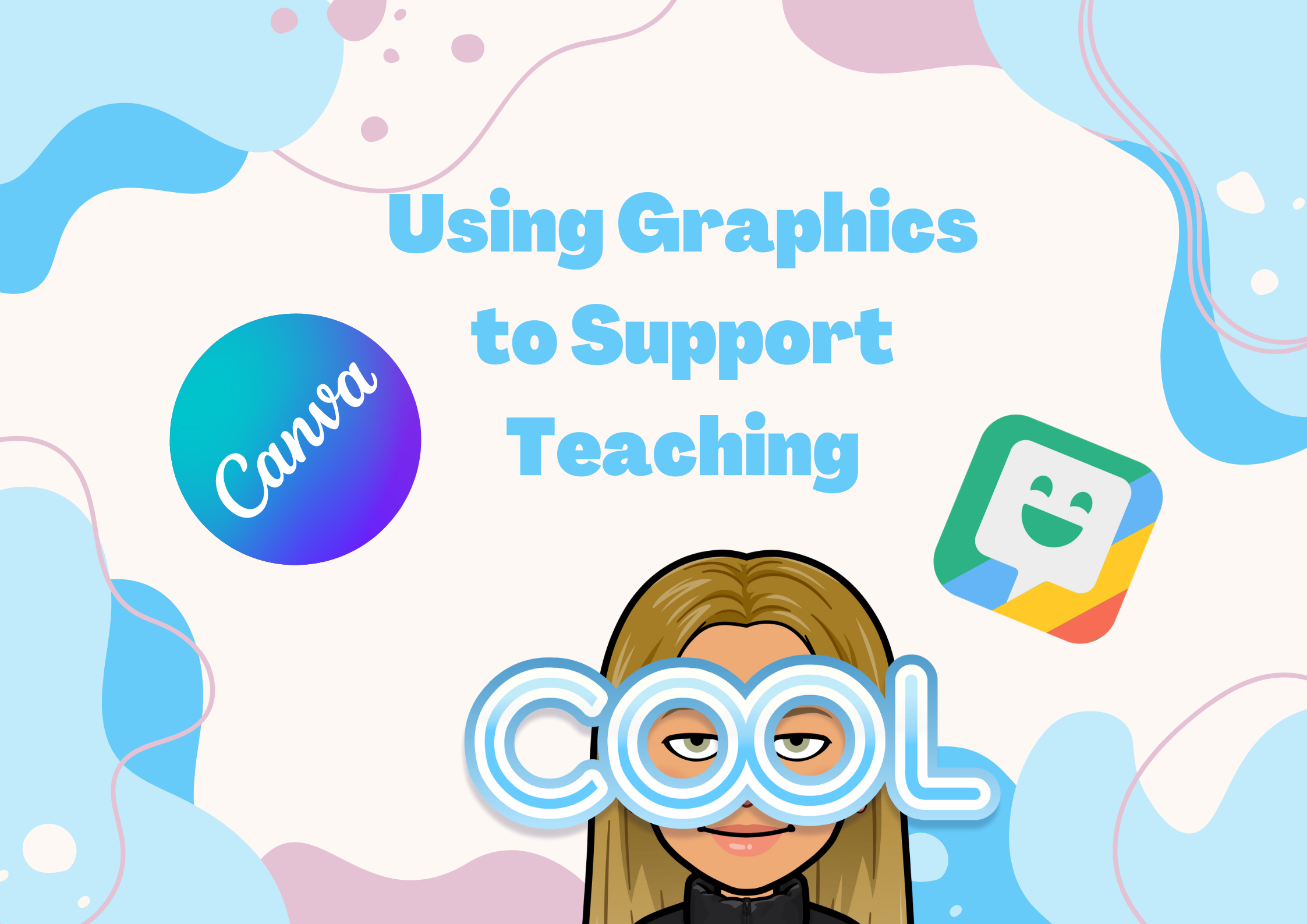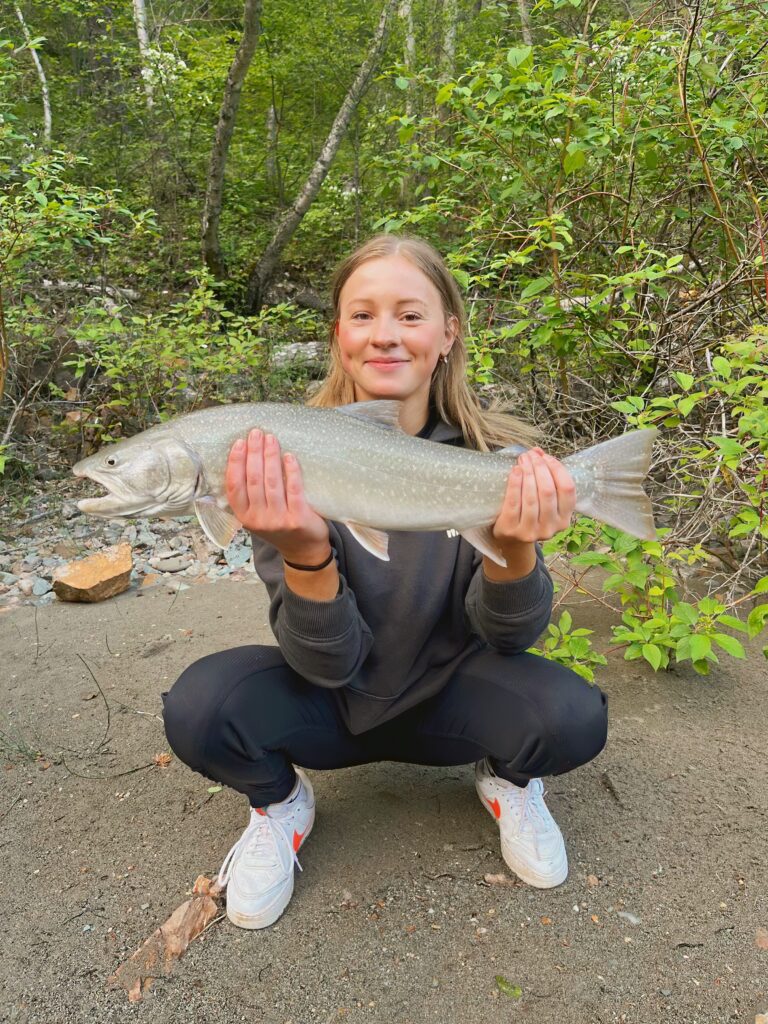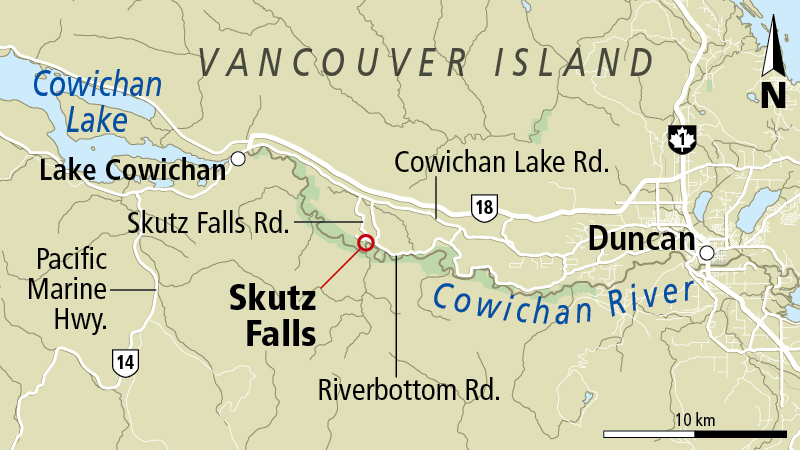In our class on February 25th we explored various topics related to digital curation, organization, collaboration, and the power of student-led learning.
Digital Curation & Organization
We discussed how digital curation can be defined as a way of shaping how we are perceived online (Instagram was used as an example). It involves selecting, organizing, and presenting content that we want to be shared. This connects to the importance of file management, where naming and organizing files properly helps ensure accessibility and efficiency.
We also considered the efficiency of physical books and paper copies. While they have their positives, they can sometimes be difficult to search through and share, making digital tools more convenient for certain tasks. Tools such as Notion, OneNote, GoodNotes, Apple Notes, and WordPress were recommended for organization in academic and professional life.
The Networked Teacher
Another key takeaway I had during this lecture was the concept of being a networked teacher—using resources like podcasts, online sources, and peer connections to continuously learn and improve. We recognized that teachers don’t have to navigate their profession alone and they can engage with others to exchange valuable insights and strategies.
A term for processing and sharing knowledge is Seek, Sense, Share which means actively looking for ideas, making sense of them, and sharing insights with others. This term encourages collaboration and ensures that useful information doesn’t just stay isolated but contributes to help other educators.
EdCamps
Learning about EdCamps made me realize the value of student-driven learning. Unlike traditional ways of teaching where topics are predetermined by the teacher, EdCamps allow students to come up with/pick a question they are most interested about and discuss it with others who are interested about the same thing. This activity was done by having students come up and write something they want to talk about (if they had any ideas) and then the class would get to go up and vote for 3 topics that were most interesting to them by using stickers. Once all the votes were in, students could pick through the most voted ones and that would be the one they were going to talk about.
In my own group discussion, we focused on the topic of field trips and their educational impact.
Field Trips: Maximizing Learning
One major point of our discussion was whether worksheets should be used during field trips. While they can reinforce learning, we felt that requiring students to complete traditional worksheets during a trip might take away from their engagement with the environment. Instead, a compromise could be:
- Completing worksheets before or after the trip, not during
- Using engaging formats like scavenger hunts instead of lengthy written assignments
We also debated the best timing for a field trip within a unit. We agreed that end-of-unit field trips are more effective because they reinforce what students have already learned and can serve as a motivational reward.
Final Thoughts
This lecture reinforced the importance of organization, collaboration, and student-centered learning. By taking charge of our own learning, whether through digital tools or EdCamps, we become more effective educators and students. Looking ahead, integrating these ideas into our own teaching practices will help us navigate both digital and physical learning spaces with greater purpose and creativity.

